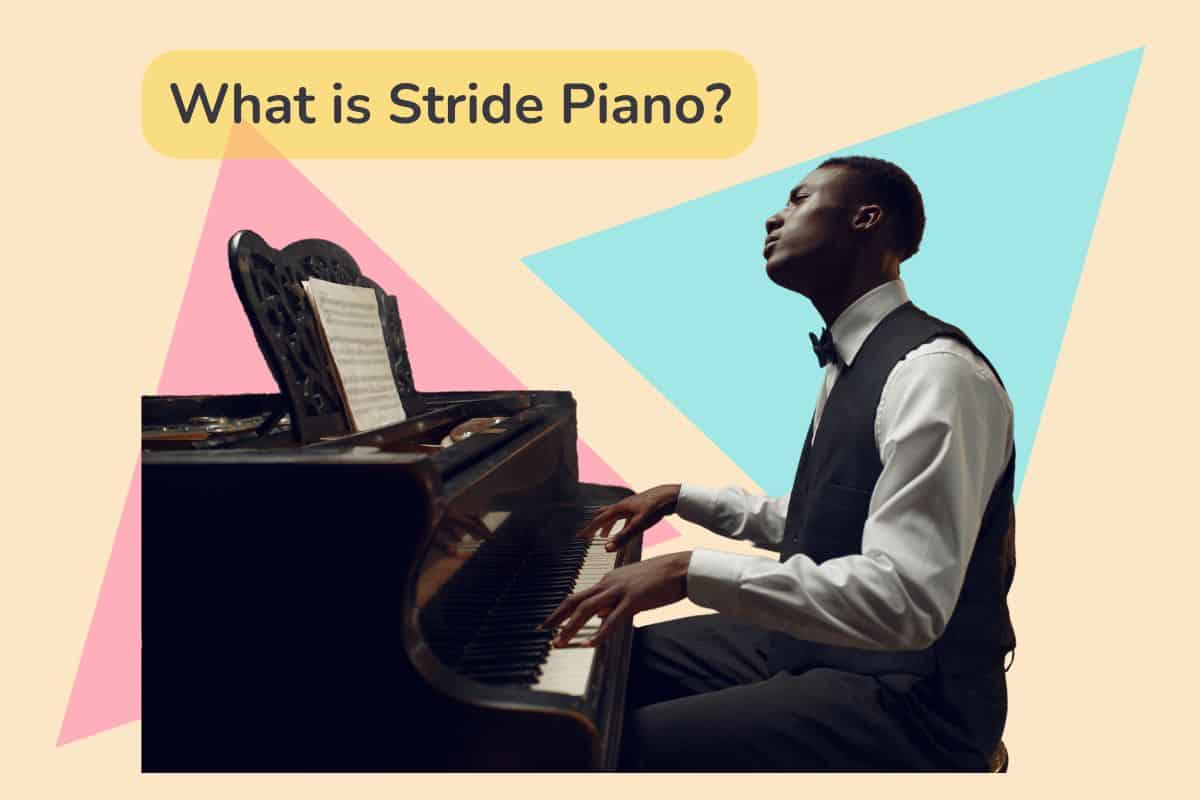Many aspiring pianists worry that having small hands might hinder their ability to play the piano effectively. The concern is understandable, as the piano traditionally favors those with a broader reach. Yet, it’s important to realize that hand size may be less of a barrier than it first appears.

The key to success often lies in employing creative solutions and exercises designed to maximize your hand’s potential. Adjustments to traditional playing methods, such as omitting certain notes or using custom-sized keyboards, can make a significant difference. Rest assured that hand size does not necessarily limit musical expression or technical proficiency at the piano.
Anatomy of Small Hands and Piano Playing
Playing piano isn’t solely a matter of hand size, but understanding how your unique anatomy impacts your playing can empower you with the right strategies.
Understanding Hand Size in Pianists
The span of your fingers and palm determines your hand size. Pianists with smaller hands often find that their reach might not cover as extensive a range as those with larger hands. Typically, a pianist with average-sized hands can comfortably reach an octave on the keyboard, while small-handed pianists might find this stretch more challenging.
Challenges Faced by Pianists with Small Hands
If you’ve got small hands, you might face certain hurdles at the piano bench. Fuller chords and wide intervals can be challenging to play without uncomfortable stretching or potentially injurious techniques. It’s not just about reaching more keys; it’s also about maintaining a correct hand position to play effectively and safely. Small-handed pianists often need to make adjustments or find creative solutions to these challenges to avoid strain.
Choosing the Right Keyboard
Selecting a keyboard that accommodates the size of your hands is crucial to ensure comfort and playability. Here’s what you need to know.
Keyboards Suitable for Smaller Hands
- Key Width: Traditional pianos have standard-sized keys, but some digital keyboards offer slim keys that may be easier for you to play. These reduced-width keys can help reduce the stretch required for an octave.
- Key Count: Consider keyboards with fewer than the traditional 88 keys. A 76-key or a 61-key keyboard might provide a more manageable span for your hands.
Adjustable Features to Look for in Keyboards
- Touch Sensitivity: This allows you to control the volume and expression with the pressure you apply to the keys, which benefits players with smaller hands.
- Adjustable Stands: An adjustable stand can help position the keyboard at the ideal height, aiding proper hand positioning and technique.
Techniques for Playing with Small Hands
When you’re faced with the piano and small hands, you’ll want to focus on finger positioning and movement techniques that maximize your span without causing tension or injury.
Adapting Fingering to Hand Size
Your hand size should dictate how you approach fingering arrangements. For chords that span beyond your reach:
- Rearrange fingers within a chord to play comfortably.
- Rolling the chord can also be helpful; play notes in quick succession instead of simultaneously when the span of an octave or more is too much.
Consider these tips for reducing strain:
- Avoid over-stretching; instead, move your hand to position for the next note or chord.
- For wide chords, use inversion to bring the notes closer together, thus reducing the stretch.
Using Weight and Forearm Rotation
Leveraging your arm’s natural motion can increase your dexterity and accuracy:
- Forearm rotation can help you to play with less effort, using the weight of your arm to press the keys rather than relying on finger strength.
Here’s how to practice this:
- Relax your shoulder and elbow, letting your forearm rotate slightly as you play.
- Visualize turning a doorknob back and forth; this is similar to the motion you’ll use in forearm rotation on the piano.
To avoid injury, always keep movements smooth and avoid sudden, jerky motions that can lead to excessive tension.
Practice Strategies for Small-handed Pianists
We’ve got some exercises you can do to improve dexterity and strength, along with how to safely stretch and relax your hands.
Developing Dexterity and Strength
For small hands, dexterity is crucial to make up for the lack of reach. Begin with exercises that emphasize finger independence.
- Hanon exercises: They’re designed to isolate each finger and improve overall agility.
- Scales and arpeggios: Practice these in different keys, using proper fingering to maximize your hand span.
During practice, it’s vital not to strain yourself. Aim for clarity and precision more than speed. Over time, this will not only increase your dexterity but will also build strength in your fingers.
Incorporating Stretching and Relaxation Exercises
To guard against tension, incorporate stretches and relaxation exercises into your routine.
- Start and finish your practice sessions with finger stretches to increase your reach without causing strain.
- Employ relaxation techniques throughout your practice to minimize stress on your hands. After playing a difficult passage, shake out your hands to release tension.
- Use of dynamic playing instead of static stretching helps maintain fluidity in your movements.
As you do these, listen to your body’s signals and never push to the point of pain. Stretching should always be performed gently. This will help you to play comfortably and reduce the risk of injury.
Repertoire Selection and Adaptation
When you’ve got small hands, playing the piano is still within reach. It’s all about picking the right pieces and knowing how to tackle those challenging, larger intervals.
Choosing Repertoire for Small Hands
Your journey starts with selecting piano repertoire suited to your hand size. Focus on works that don’t lean heavily on large chords and intervals. Classical pieces by composers like Mozart and Haydn can be more forgiving, they often feature melodies that require less of a stretch. Even within the compositions of later composers such as Chopin or Debussy, you’ll find more approachable pieces. Their works often allow for expressive playing without the constant need for wide spans.
- Examples of Suitable Repertoire:
- Mozart’s Sonata in C Major, K. 545
- Chopin’s Prelude in E minor, Op. 28, No. 4
- Debussy’s Clair de Lune
Techniques to Simplify Complex Passages
When you encounter complex passages, don’t despair. Techniques exist to make these segments more manageable. For large chords outside your comfortable span, arpeggiate them or consider redistributing notes between hands. This may involve splitting a chord over two measures or reassigning some notes to the other hand to balance the load.
- Simplification Techniques:
- Arpeggiation: Rolling chords that are too wide to play simultaneously
- Redistribution: Moving notes to the opposite hand to play them as part of the same chord or melody line
- Revoicing: Adjust the octave or position of certain notes to fit within your hand’s reach
Performance Tips for Small-handed Players
Your hand size doesn’t have to limit your piano-playing potential. Focus on technique and strategy to excel in your performances.
Mastering Articulation and Voicing
To ensure clear articulation, pay careful attention to your finger movement. Keep movements precise and utilize the tips of your fingers for best control. When it comes to voicing, you’ll want to highlight the melody by applying more weight with the fingers playing these notes, while keeping accompanying notes lighter. Here’s a strategy for voicing:
- Melody Notes: Add slight pressure to bring them forward.
- Accompaniment: Play with a lighter touch.
Maintaining Tempo and Rhythm
It’s crucial to maintain a consistent tempo, even with small hands. Use a metronome during practice to develop a steady internal rhythm. If fast passages are challenging, start slow, focusing on evenness, and gradually increase your speed. Here’s a tempo guide to help:
| Practice Speed | Goal Tempo |
| Slow | Keep even |
| Medium | Build muscle memory |
| Performance | Maintain rhythm and articulation |



